
Category:
Time:
Both in Europe and worldwide, cheese has caused important outbreaks of listeriosis and has been a vehicle for transmission of Listeria monocytogenes to consumers. A systematic review and a meta-analysis were conducted using scientific literature and European Food Safety Authority (EFSA) reports to summarize available data on the prevalence of L. monocytogenes in different types of cheeses produced in Europe. Multi-level random-effects meta-analysis models were used to estimate mean prevalence rates of the pathogens and to compare prevalence between types of cheeses (fresh, mould-ripened, ripened, smear-ripened and brined) and for cheeses produced using pasteurized or un-pasteurized milk.
Data from a total of 177,428 samples were analysed. The mean prevalence during 2005-2013 and estimated from scientific literature (2.3%; CI: 1.4-3.8%) was more than two times higher than results from EFSA reports (0.9%; CI: 0.7-1-2%). The prevalence differed between types of cheeses including fresh (1.4%; CI: 0.6-3.2%), mould-ripened (2.0%; CI: 0.6-6.3%), ripened (2.2%; CI: 0.9-5.6%), smear-ripened (4.8%; CI: 1.5-14.5%) and brined cheeses (8.6%; CI: 1.7-34.4%). Mean prevalences of L. monocytogenes in fresh and soft/semi-soft cheeses were not significantly different (P > 0.05) for cheeses produced from pasteurized (1.0%; CI: 0.7-1.5%) or un-pasteurized (1.4%; CI: 0.9-2.1%) milk. Furthermore, this systematic review focused on groups/species of microorganisms suitable as indicator organisms for L. monocytogenes in cheeses to reflect the level of production hygiene or as index organisms to assess the prevalence of L. monocytogenes in cheeses. However, no indicator or index organisms were identified. These meta-analyses improve our understanding of L. monocytogenes prevalence in different types of cheeses and provided results that can be useful as input for quantitative risk assessment modelling.













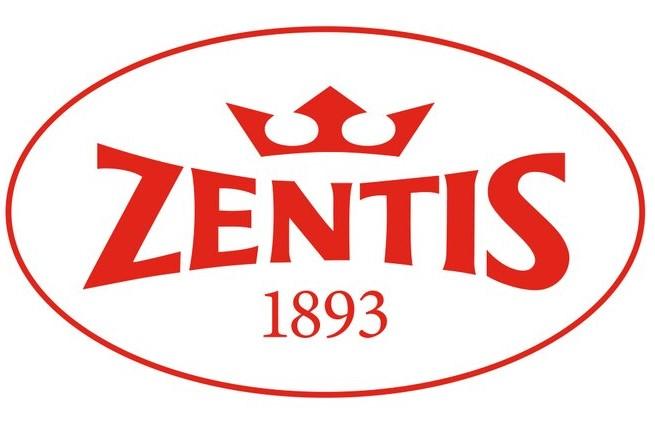


















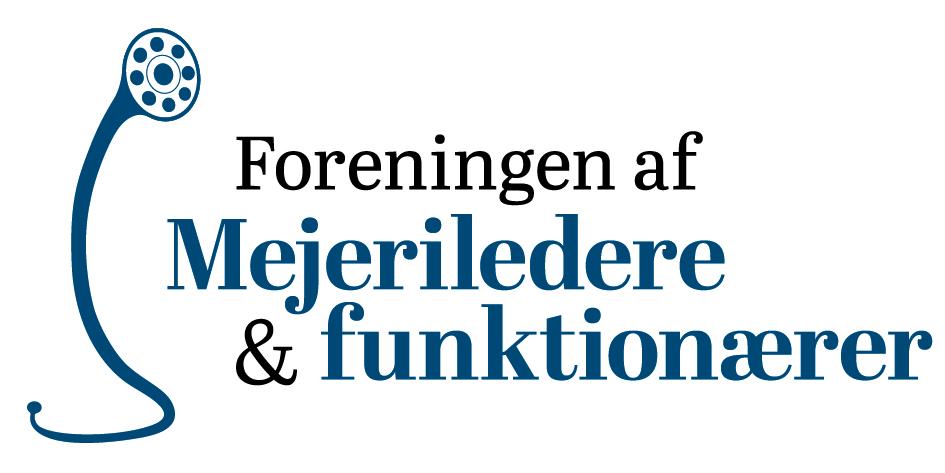



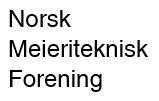
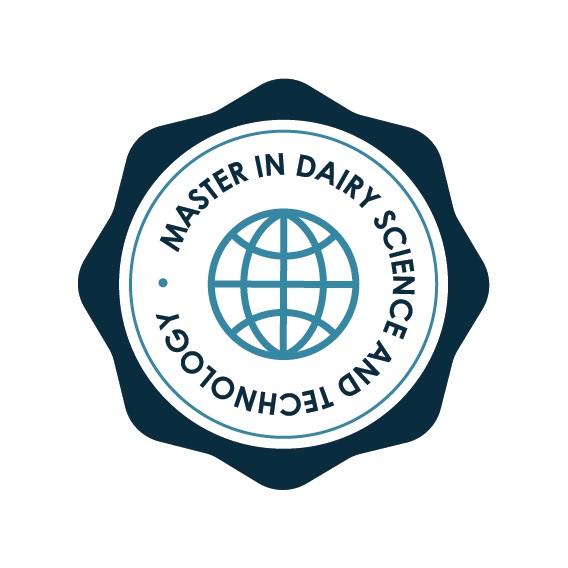




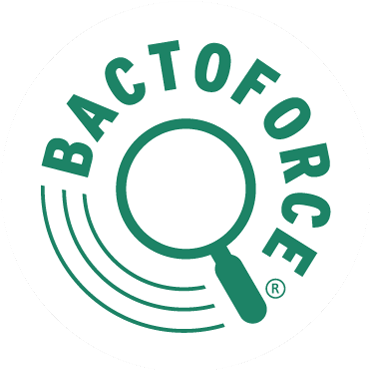

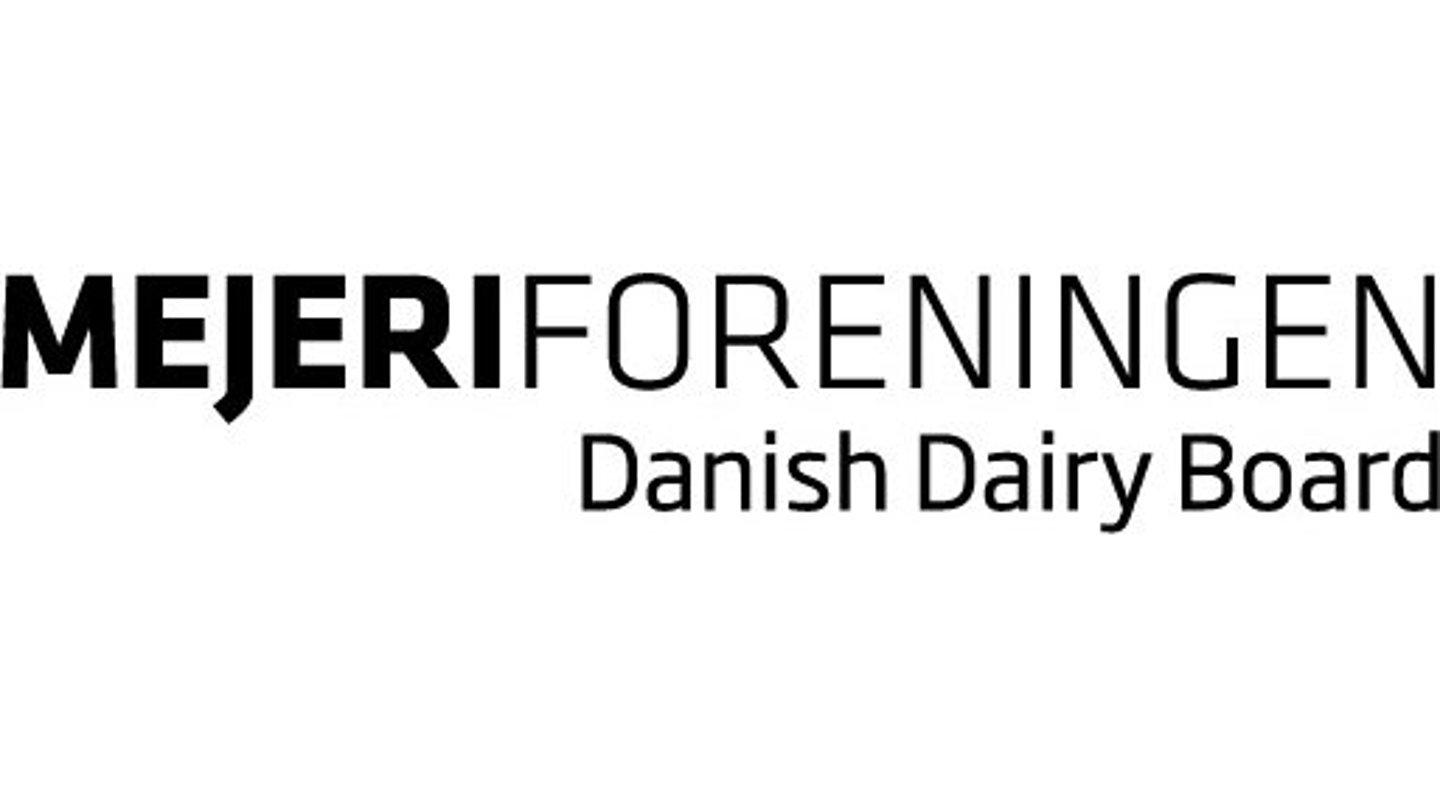
 Munkehatten 28
Munkehatten 28